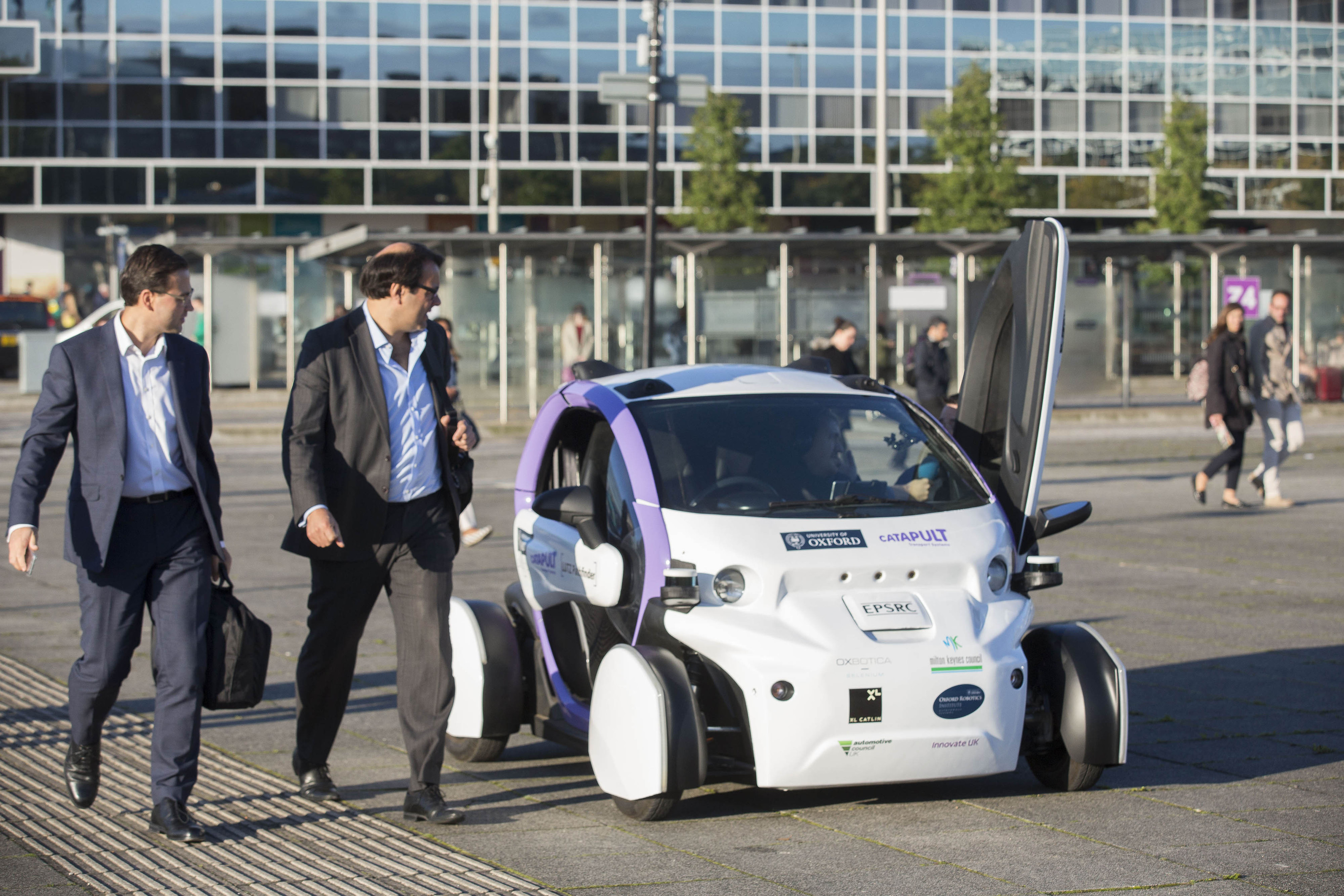Self-driving cars could make Scottish car parks obsolete within a decade, a technology expert has claimed.
Simon Tricker, who will speak at Scottish Renewables’ Low-Carbon Cities Conference in February, said electric vehicles could also reduce air pollution in cities and towns to almost zero.
Mr Tricker works for smart cities specialists Urban Tide, a consultancy firm that offers advice on how technology can be used to transform cities.
He said: “Scottish local authorities are already thinking about what city streets will look like in a decade’s time — and the answers are pretty astounding.
“By 2030 self-driving electric vehicles are likely to be commonplace.
“Current figures show that cars are sitting idle for around 95% of the day, and this is technology which could put them to use for far more of the time.
“Self-driving cars won’t need parking spaces in cities — they’re likely to be rented rather than owned and will just head off and carry out their next journey after dropping passengers off. Many car parking spaces which we now take for granted will simply become obsolete.”
He added the switch to electric vehicles will also have environmental benefits.
“The pace at which electric vehicle technology is developing means they’re also likely to be electric, so will produce zero emissions as they’re driven,” he said.
“Taken together with an opening up of the data which will enable new services to link with waiting passengers, we’re likely to see a huge shift in how our cities look and how transport is managed.
“More room for people, cleaner air and more efficient journeys are just the start.”
Scottish Renewables’ Low-Carbon Cities Conference is being held in Edinburgh on February 22.
Other speakers at the even include Åsa Karlsson Björkmarker, deputy mayor of the Swedish city of Växjö, which has been described as Europe’s greenest city.
Rachelle Money, director of communications at Scottish Renewables, said: “With the bulk of Scotland’s power now coming from renewable energy and a new Scottish Climate Change Bill in the offing, Scotland continues to lead the way in building a low-carbon economy.
“Cities across Scotland are already forging ahead with ground-breaking projects to decarbonise their energy supplies, and this conference will share the experiences of some of those initiatives.
“But there’s still a long way to go if we are to meet our ambitious targets, so we’ll look at the emerging ideas across the generation, storage, distribution and use of energy which will transform our urban areas into smart cities for the next generation.”






